Doors boarded up with plywood, stamped with graffiti and gang signs.
Porches clinging to the front of houses by duct tape and metal chains.
Bent window frames and broken glass from intruders coming in and out.
This is the scene of 154 vacant, boarded up residential properties throughout the 17th ward, with the majority being located in the Auburn-Gresham neighborhood.
Is this the type of neighborhood you would choose to raise a family?
The effects these properties are having on the Auburn-Gresham neighborhood in the South Side are beginning to play a major role in the quality of life for its residents.
“The American dream is no longer cookies and ice cream, cake and pie for us in the South Side,” Carlos Nelson, the executive director of the Greater Auburn-Gresham Development Corporation.
Nelson, along with the rest of his staff, work to promote revitalization of the low-to-moderate income communities of Auburn-Gresham, Englewood, Greater Grand Crossing and West Chatham. While the main focus of the corporation is to work with organizations to improve the quality of life for those in these neighborhoods, Nelson said the low property values, high crime-rates and lack of attention to the schools in the neighborhoods are taking a toll on the corporation’s efforts.
According to data from the Institute for Housing Studies at DePaul University, the percentage of buildings left vacant for two or more years in the Auburn-Gresham neighborhood is almost double the city of Chicago’s. Currently Chicago’s percentage of vacant residential properties sits at 2.9 percent, while Auburn-Gresham is at 4.4 percent.
Data from Trulia said the median sales price for homes Auburn-Gresham from Sept. 14 to Dec. 14 was $135,000, which is 43.75 percent lower than the median sales price for the city of Chicago.
And these vacant buildings are one of the main factors affecting the decline in property values for the South Side Neighborhood.

According to data collected by the City of Chicago, 155 calls were made to 311, the city’s service request hotline, from Jan. 14, 2013 to Nov. 20th in the 17th ward reporting vacant, boarded up buildings. Of those 154 buildings, 47 were reportedly being used by either the homeless, children playing or gang members.
“These are pretty grim numbers and there are a variety of reason for this extreme number of buildings. Just about all of this relates to the socio-economic impacts to our community,” Nelson said. “If there were more jobs for folks who are unemployed or under employed, that would obviously have a positive impact on reducing those number.”
After two extensive reports were conducted by Cook County and Urban Land Institute in 2013 revealing the damaging effects and high numbers of vacant buildings in Cook County, the Cook County Land Bank Authority (CCLBA) was developed to help combat the issue.
The CCLBA’s mission is to acquire, hold and transfer interest in real estate property throughout Cook County in an effort to promote redevelopment and reuse of vacant, abandoned, foreclosed or tax-delinquent properties.
While CCLBA could not be reached for comment for an update on its current efforts, these efforts are just the start of what the city needs to do to help revitalize South Side neighborhoods, Nelson said.
“Not just the city, but the county, the state and the federal government all need to step up to help mend this tide,” he added.
Excessive property taxes, high water bills, bills for other necessities, as well as tickets for red-light cameras, parking and speeding are contributing factors to why low-income families in the South Side are being evicted from their homes, Nelson said.
“When these families can’t afford to pay their bills, they are evicted and forced to leave their homes,” he said. “Those with children are forced to leave sometimes during the school year, which directly affects the statuses of our schools and our communities.”
Economic decline in these low-incoming neighborhoods, along with a prolonged foreclosure process are also contributing factors said Geoff Smith, executive director of the Institute for Housing Studies at DePaul University.
In order to resolve the issue, Smith said the best solution would be for the city of Chicago to rebuild demand for housing in neighborhoods like Auburn-Gresham, by focusing on three development efforts. These efforts include investing in schools, job creation and a public safety strategy.
“It is not just about buying and rehabbing housing, but it is about rebuilding demand for these neighborhoods. In a broad sense, the best practice to achieve this would be focusing on small geographies and working with on the ground partners to revitalize vacant homes,” Smith said. “If you concentrate on these smalls areas, you can have more impact.”

For the Auburn-Gresham neighborhood, Smith suggested focusing on the streets and areas with the largest amount of vacant properties.
According to data collected by the City of Chicago, of the 154 vacant, boarded up properties, 14 are located on W. 71st Street; 11 on W. 68th Place; and nine on both S. Ada Street and S. Peoria Street – all located in the Auburn-Gresham neighborhood.
These numbers are something families and residents of the Auburn-Gresham neighborhood should be concerned about Nelson said.
“Many families don’t know the power that they posse. They don’t realize the power in their voices – in their actions,” he said.
Nelson said he hopes these numbers cause a reaction in the community and residents of the Auburn-Gresham neighborhood decide to react, specifically with the up-coming alderman election in February when four new candidates will compete for the 17th ward seat, after incumbent Ald. Latasha Thomas (17th) announced her decision not to run for re-election.
Thomas was contacted for comment on the vacant buildings in the 17th ward, but could not be reached.
While the Greater Auburn-Gresham Development Corporation is not politically or religiously affiliated with any organization, Nelson said they are looking for a candidate who relies on the voice of the masses to make decisions, and not a candidate that make decisions by him or her self.
“If we as a community can come together and form strength in numbers, or come together with affordable housing advocate groups – we can establish a vehicle where we can get the message through,” he said.

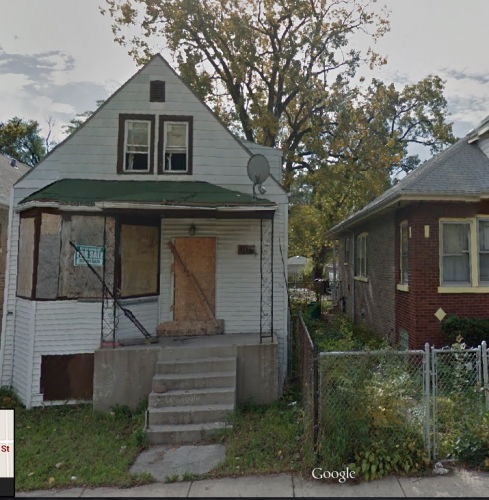





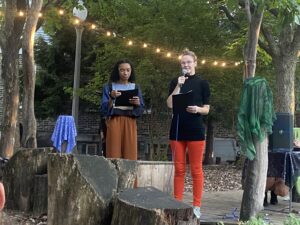
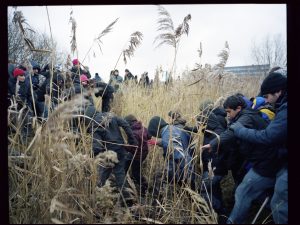

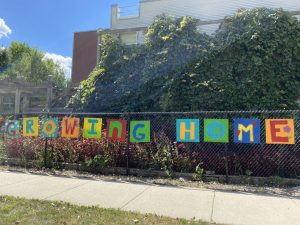
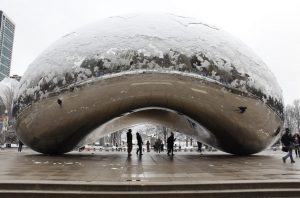


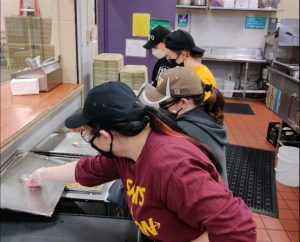
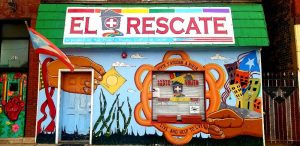
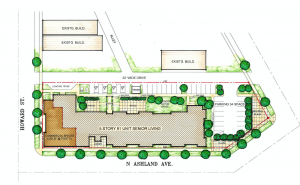
Be First to Comment